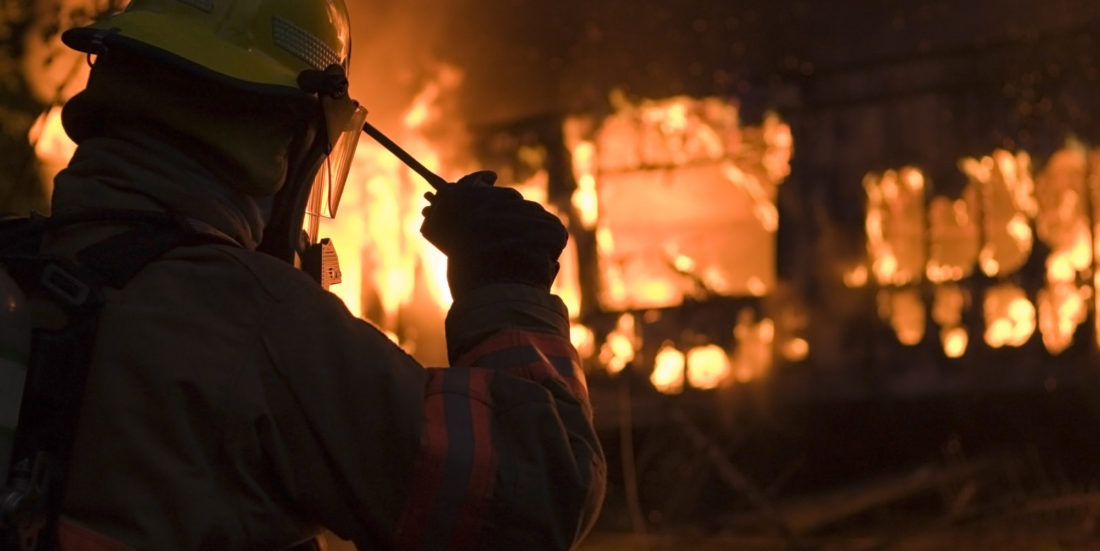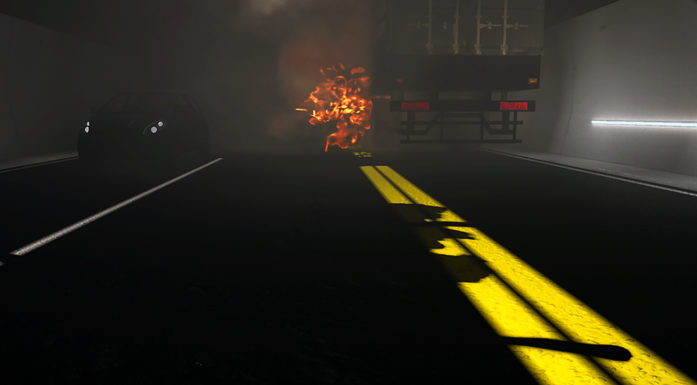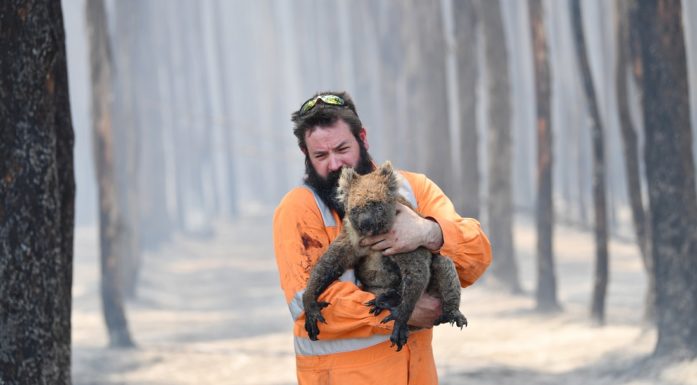Preparing ourselves for extreme events
As wildfires raged through the Swedish forests in 2018, a new set of European resilience management guidelines for dealing with crises was demonstrating its potential usefulness to decision-makers. Applying these recommendations can save many lives and protect major infrastructure assets during cross-sectoral accidents and crises.
Cyber-attacks, pandemics and, not least, the major global heath and forest wildfires that we have seen in recent years, have moved the boundaries of the magnitude of natural and man-made crises that societies need to address.
With this in mind, teams of European experts and practitioners in the health, safety, transport and IT sectors plus other critical infrastructure domains have come together to pool their expertise (in total: 247 experts and practitioners from 22 countries).
The result is a “package” of practical resilience management guidelines for crises (prior, during and after), assembled in close collaboration with user groups ranging from emergency services agencies to commercial stakeholders. These guidelines are not prescriptive. Instead, they enable organizations to have a critical view of their own crisis management activities.
The aim is to reduce society’s vulnerability and make it more resilient in the face of major cross-sectoral emergencies.
Scientist caught in a baptism of fire
The package consists of checklists and training programmes developed as part of the European Framework Programme for Research – in particular as a result of a project called “Darwin”, coordinated by us at SINTEF, which ran from 2015 to 2018.
By a curious twist of fate, one of the key scientists working on the project, a Swede called Carl-Oscar Jonson, had an opportunity to test out some of the project’s recommendations during the dramatic Swedish forest fires in the summer of 2018.
Reflecting on his experience, Jonson has pointed out that people commonly have only vague ideas about how extraordinary situations should be managed, so the results from the Darwin project came to our aid when we needed it most. The results provided him with a useful terminology that enabled him to exercise crisis leadership during the inferno.
Enhancing resilience
In the heat of the wildfire inferno, the first things that Jonson drew from the Darwin package were crisis management guidelines particularly from the part “interorganisational collaboration”.
Ideas leading from this encouraged him to look into where there might be a shortage of first aid response resources.
On the basis of this he prepared plans for the rapid redeployment and coordination of first aid teams across different organisations and national boundaries.
35,000 football pitches
About 50 forest fires broke out in Sweden during the summer of 2018. In total they caused the destruction by fire of an area equivalent to 35,000 football pitches.
With his extensive experience as a former employee and emergency services worker with the Red Cross, Jonson, whose day job is Research Coordinator at the Centre for Teaching and Research in Disaster Medicine and Traumatology at the University of Linköping in Sweden, volunteered to help in the rescue efforts.
When the fires broke out, he was quickly incorporated into the central crisis team set up by the Swedish Red Cross. He was delegated national responsibility for coordinating first aid emergency preparedness and response strategies for professional and volunteer fire-fighters.
Useful new terminology
The recommendations from the Darwin project had already been tested during pilots carried out in Italy and Sweden. The latter involved a simulated shipping catastrophe with cross-sectoral impact.
Both on the Darwin project website, and in conversation with us, his project co-workers, Jonson has said that the exercise resulted in key benefits, including a language and an understanding of terminology that made it possible for him to concentrate on one problem at a time while the wildfires were raging.
Aviation and ambulance services
The guidelines resulting from the Darwin project can be applied both to emergency response and preventive measures, crisis leadership and the subsequent re-building of damaged infrastructure. The project results can be applied both on the ground and in the skies.
Air traffic control agencies in Italy and Ireland have incorporated them into updated versions of their respective emergency response strategies.
In Italy, the health authorities are using the results to assess the positive and negative outcomes of exercises and real emergency incidents. And in Sweden, the recommendations are being used as a tool to assess how the ambulance service should be deploying its resources.
Closing the gap between theory and practice
We always speak of the results of the Darwin project with a degree of humility. It is in fact the case that many organisations that have never heard of our results nevertheless continue to contribute towards making both themselves and wider society more resilient to crises.
However, we believe that our project results contribute to achieving a worthwhile purpose. The most important aspect is that decision-makers at different levels in whatever country, enterprise or business can use them to evaluate the relative vulnerability or robustness of their organisations.
Our hope is that both safety authorities, product suppliers, emergency services and infrastructure owners will apply the recommendations – at the very least in order to detect and close any gaps they may identify between textbook theory and their current practices in the field of safety management.
This may lead to the saving of many lives and the protection of major infrastructure assets.





